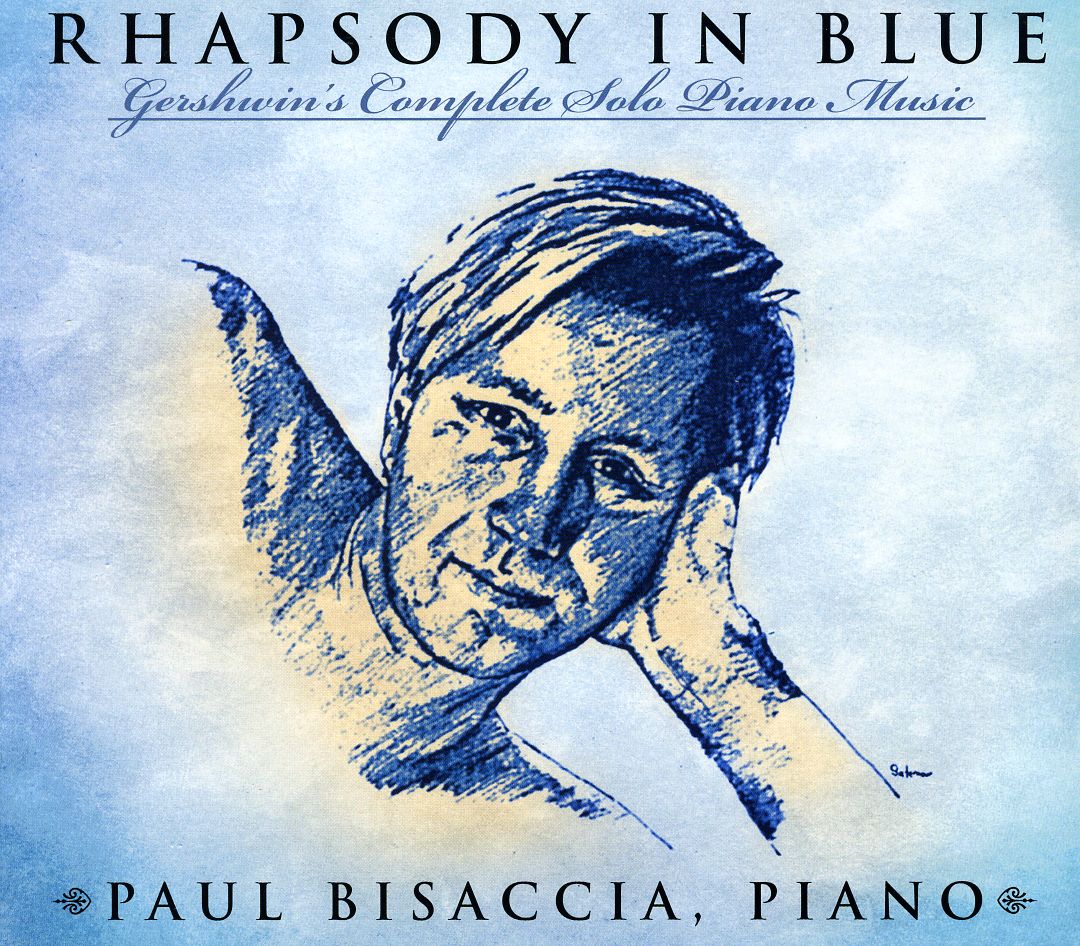
History, Captivating
If you want to discover the captivating history of Austria, then keep reading...
When Austrian President Franz Jonas visited the Vatican in 1971, Pope Paul VI named Austria "the Island of the Blessed." He did so to emphasize Austria's steep recovery. Only twenty-five years had passed since the end of the Second World War, and Austria was already one of the most prosperous European countries.
One might argue that Austria was always a rich country, and during the times of its Habsburg rulers, it certainly was. But after the dissolution of the Austro-Hungarian Empire, Austria was lost between two worlds-its German heritage and its multi-ethnic nation. As such, it was easy for Nazi Germany to hijack Austria, integrate it in its anti-Semitic scheme, and make it defy the whole Western world. Austria was deeply involved in the atrocities of World War II, but somehow, it managed to rise above it quicker than anyone would expect.
Since its beginning as the Eastern March, through the rise of its ruling Habsburg dynasty, and through many ideological and ethnic wars, Austria managed to maintain its unique personality, although it never really had a strictly defined identity. It is no wonder many scholars like to describe the history of Austria as one without a nation. In modern society, it is not always clear how a country could exist without a nation, so if you are curious to understand how this is possible, continue reading to understand the complex series of events that led to the foundation of modern-day Austria and the modern Austrian identity.
Read Captivating History's History of Austria to discover the incredible impact this small country had on central Europe, as well as:
- When Austria was first mentioned by its name Österreich
- The Roman Lime and how it related to Austria
- The Babenbergs, the earliest rulers of Austria
- How the Habsburgs took over the rule
- What A.E.I.O.U. stands for and how it translates to the divine right to rule
- Learn all about the Habsburgs as Holy Roman emperors
- How Austria dealt with the Reformation and the Counter-Reformation
- The enlightened rulers of the Habsburg Empire
- How the dual monarchy of Austria-Hungary came to be
- Learn more about the revolution in central Europe and the rise of the Slavs
- Who shot Franz Ferdinand and how the Great War really started
- How Austria joined Germany and became a Nazi state
- Learn about the steep rise of Austria as one of the richest and most socially secure European states
Scroll up and click the "add to cart" button to learn more about the History of Austria!







